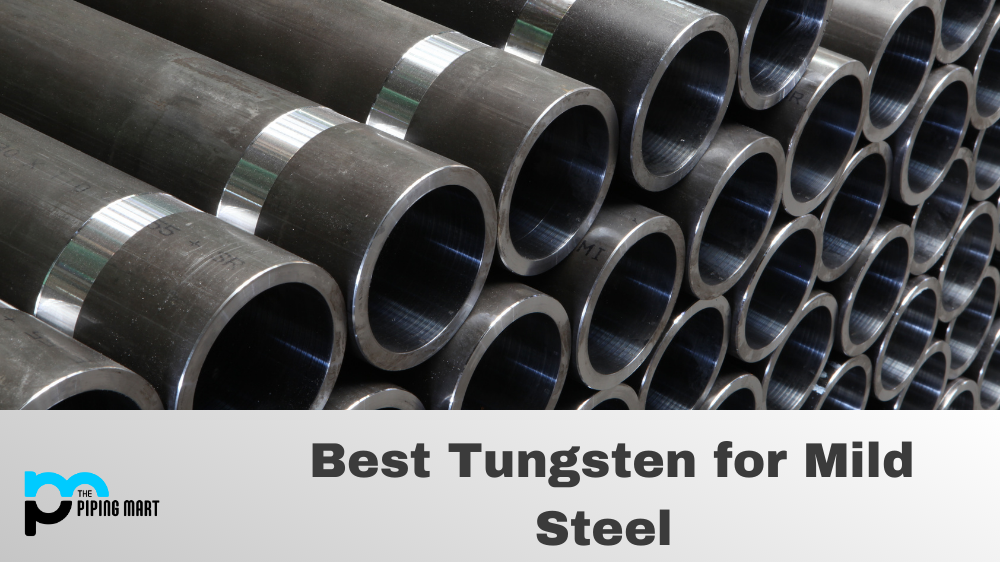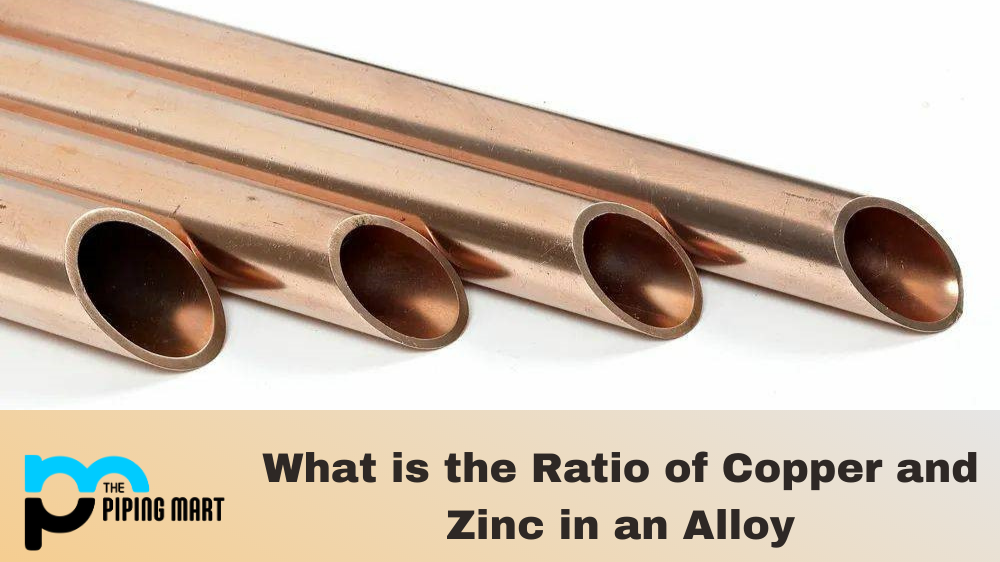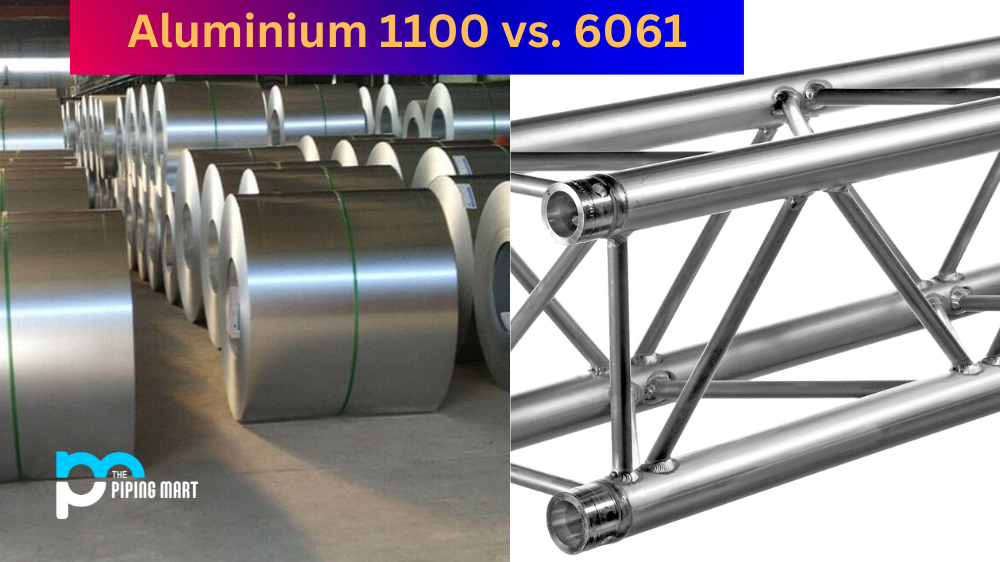Welding with mild steel requires a specialized set of tools and materials. One such material is tungsten, which is an ideal choice for welding mild steel due to its resistance to heat and wear. But with so many different types of tungsten on the market, it can be difficult to know which one is best for your project. In this blog post, we’ll explore the various types of tungsten and discuss why they are the best choice for mild welding steel.
Tungsten for Mild Steel
When it comes to mild steel, the best tungsten for welding is pure tungsten. It has a high melting temperature and provides great weld penetration, which makes it ideal for joining mild steel components. Its low thermal expansion also helps ensure consistent welding of all parts as the material cools and shrinks. Additionally, it produces very low oxide content when fusion welding, creating clean cuts even with thick plates of mild steel. Pure tungsten’s long life expectancy and easy maintenance make it an economical choice for many welders seeking a reliable way to join mild steel pieces together at home or in the workshop.
Types of Tungsten
When it comes to welding with tungsten, you have a few different types to choose from. Pure tungsten, thoriated tungsten, and created tungsten are all options when it comes to welding with mild steel. Each type has its own advantages and disadvantages that you should consider before making a purchase.
Pure Tungsten
Pure tungsten is the most common type of tungsten used in welding applications. It has excellent heat conduction properties, making it well-suited for welding at higher temperatures. However, pure tungsten can be brittle and may break if dropped or mishandled during use.
Thoriated Tungsten
Thoriated tungsten contains thorium oxide, which helps extend its life by protecting it from arc erosion. It also has superior heat conductivity compared to pure tungsten, making it an ideal choice for welding at high temperatures or extended periods of time where arc stability is important. The downside to thoriated tungsten is that it can be dangerous if not handled properly due to the thorium oxide content in the material. Created Tungsten – Ceriated tungsten contains cerium oxide, which helps increase its electrical conductivity while still maintaining good arc stability at lower temperatures than pure or thoriated varieties would provide. The downside is that created tends to wear out faster than either pure or thoriated varieties due to its lower melting point and slower recovery rate after being exposed to high temperatures during use.
Conclusion
When choosing the right type of tungsten for your project involving mild steel, there are several factors you need to consider including temperature range and arc stability as well as safety concerns depending on what type you choose. Ultimately, each style has distinct advantages that make them suitable for different applications, so selecting one over another depends on your specific needs for any given job involving mild steel welding projects. Whatever type you choose, though, always make sure you handle your materials safely according to manufacturer guidelines to ensure your safety as well as the quality of your welds!

Pipingmart is a B2B portal that specializes in metal, industrial and piping items. Additionally, we share the latest information and information about materials, products and various types of grades to assist businesses that are involved in this business.




